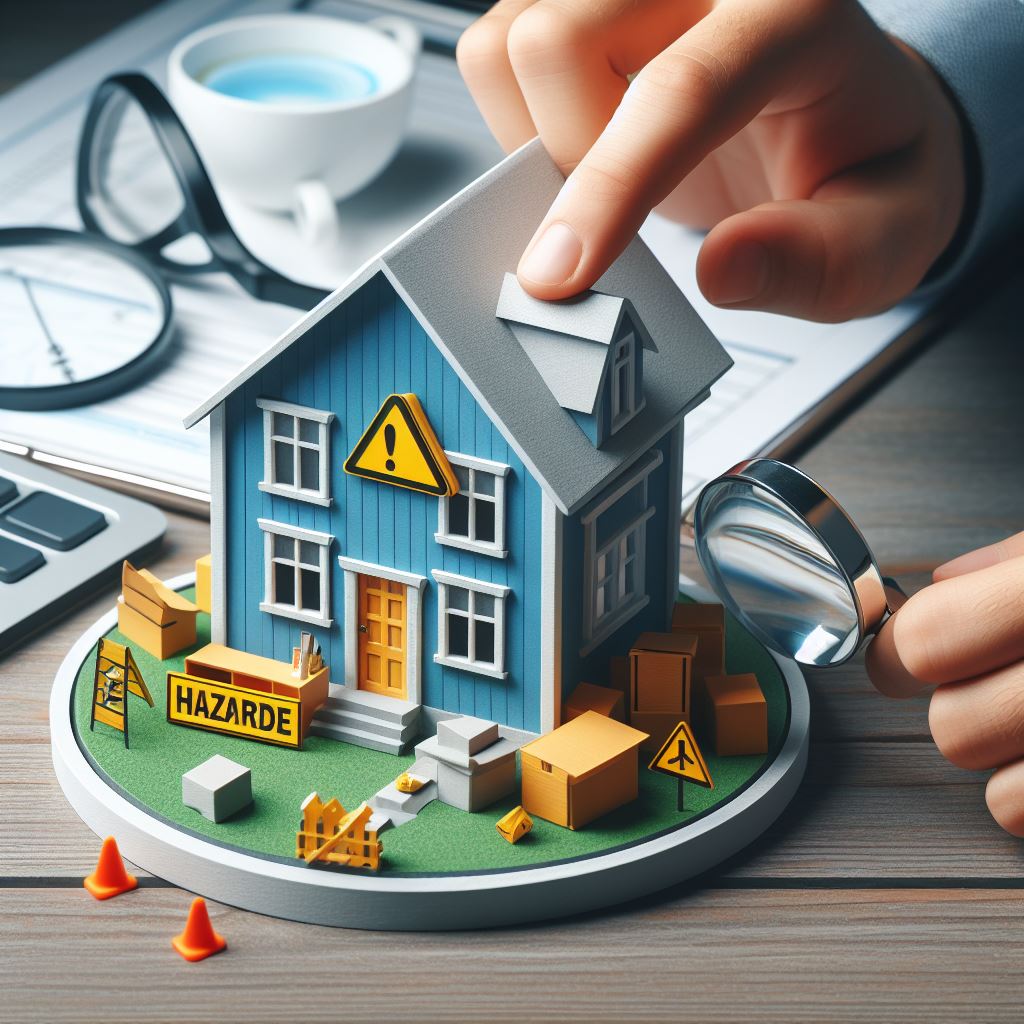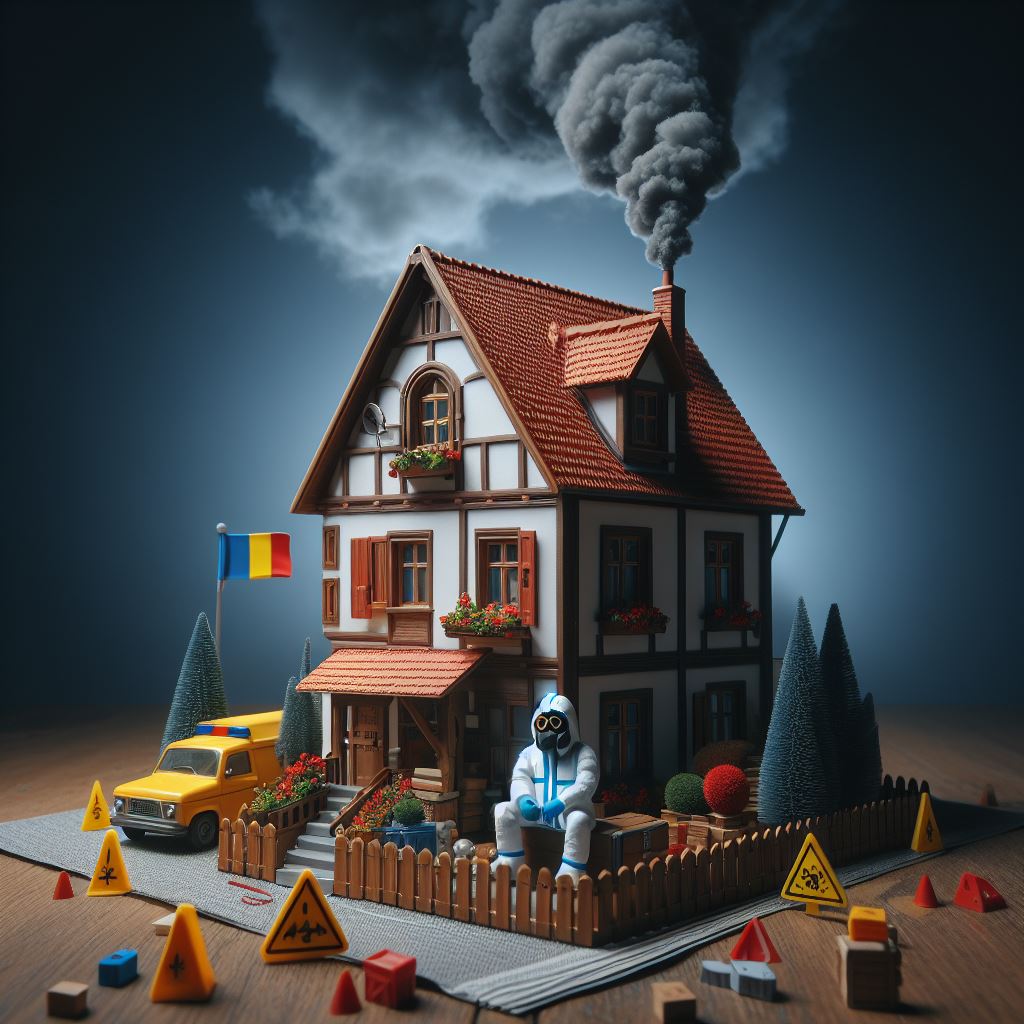In every aspect of life, recognizing and mitigating risks is crucial. Whether it’s at home, in the workplace, or out in public areas, “hazardurile” or hazards can lurk around every corner. It is essential to understand these risk factors and arm ourselves with the necessary safety tips to prevent accidents and ensure the well-being of everyone involved. In this comprehensive guide, we will delve into the various types of hazards, explore key risk factors, and provide actionable safety tips to help you navigate a safer path through daily activities.
What Are Hazardurile?

Hazardurile are potential sources of harm or adverse health effects on individuals or populations. They can be physical, chemical, biological, ergonomic, or psychosocial in nature and have the capacity to cause injury, illness, or even death. Understanding these risks is the first step in creating a safer environment for yourself and those around you.
Types of Hazardurile

Physical Hazards
Physical hazards are environmental factors that can harm an individual without necessarily touching them. Examples include radiation, exposure to sunlight, extreme temperatures, and noise pollution.
Chemical Hazards
Chemicals can pose a significant risk to health, especially when they are not handled properly. Chemical hazards include toxic, corrosive, flammable, or reactive substances that can be found in various forms such as liquids, gases, solids, mists, and vapors.
Biological Hazards
Biological hazards, or biohazards, are biological substances that can pose a threat to the health of living organisms, primarily humans. This category includes microorganisms like bacteria, viruses, fungi, and other toxins that can affect human health.
Ergonomic Hazards
Ergonomic hazards occur when the type of work, body positions, and working conditions put a strain on your body. These hazards are often the hardest to spot because you may not immediately notice the strain on your body or the harm they pose.
Psychosocial Hazards
These are aspects of work design and management, as well as its social and organizational contexts, that can cause psychological, social, or physical harm. Stress, workplace violence, and workload demands are some examples of psychosocial hazards.
Recognizing Risk Factors

Understanding the risk factors associated with hazardurile is essential for prevention. Risk factors vary depending on the type of hazard but generally include:
- Lack of safety measures in place
- Inadequate training or knowledge
- Poorly maintained equipment or tools
- Environmental conditions
- Human error or negligence
Safety Tips to Mitigate Hazardurile
Each type of hazard requires specific strategies to manage and mitigate risk. Below are general safety tips that can be applied in various situations to reduce the likelihood of accidents or injury.
Implementing Safety Protocols
Safety protocols are systematic procedures developed to prevent accidents and harm. They include guidelines for the safe handling of materials, the use of protective gear, and the proper use of machinery and tools.
Regular Training and Education
Continuous education and training on hazard awareness and safety measures can significantly reduce the risk of accidents. This includes emergency response training and understanding the correct procedures for reporting potential hazards.
Maintenance and Regular Checks
Regular maintenance and safety checks of equipment, tools, and work environments can prevent malfunctions and accidents. This involves checking for wear and tear, ensuring that safety devices are functioning correctly, and replacing any faulty equipment.
Personal Protective Equipment (PPE)
The use of appropriate PPE is essential in environments where hazardurile are present. This may include safety glasses, helmets, gloves, earplugs, and respirators, depending on the type of hazard.
Stress Management
To reduce psychosocial risks, it’s important to manage stress levels through regular breaks, a supportive work environment, and resources for mental health support.
Proper Signage and Labeling
Clear signage and labeling can provide important information about the potential risks in an area or with a particular substance, helping individuals to take the necessary precautions.
Industry-Specific Safety Tips
For Construction and Manufacturing
- Ensure that all workers wear the required PPE at all times.
- Conduct daily safety briefings and toolbox talks.
- Implement strict lockout/tagout procedures to prevent accidental machine start-up.
For Healthcare
- Follow proper infection control procedures.
- Dispose of medical waste according to regulations.
- Use needles and sharps with utmost care and dispose of them properly.
For Office Environments
- Arrange workstations ergonomically to prevent strain injuries.
- Encourage employees to take regular breaks to avoid eye strain and repetitive motion injuries.
- Provide training on emergency procedures, including fire drills and first aid.
The Role of Technology in Hazard Management
Advancements in technology have provided new tools for identifying and mitigating risk factors associated with hazardurile. From sophisticated safety management software that tracks incidents and near misses to wearable devices that monitor workers’ exposure to hazardous conditions, technology plays a vital role in ensuring safety.
Safety Management Software
Software solutions can help in maintaining records, analyzing data, and identifying trends that could lead to potential hazards. They also facilitate the reporting process, making it easier for employees to communicate their concerns.
Wearable Tech and Sensors
Wearable devices equipped with sensors can detect exposure to hazardous conditions such as toxic gases, extreme temperatures, or loud noise, allowing for immediate action to prevent harm.
Automation and Robotics
The use of automation and robotics in high-risk environments can reduce the need for human exposure to hazardous conditions, thereby reducing the risk of injury.
Conclusion: Prioritizing Safety and Prevention
The importance of understanding and mitigating hazardurile cannot be overstated. By identifying risk factors and implementing the appropriate safety tips, individuals and organizations can create safer environments and reduce the likelihood of accidents and injuries. Remember, prevention is always better than cure, and with the right knowledge and tools, we can all contribute to a safer world.
In conclusion, by taking proactive steps to recognize and reduce risks, we can effectively manage hazardurile and ensure that safety is always at the forefront of our daily activities. Whether you’re an employer, employee, or just an individual going about your day, keeping these tips in mind can make all the difference in maintaining a secure and healthy environment for everyone involved.
You may like reading about the following: Media Bzy
